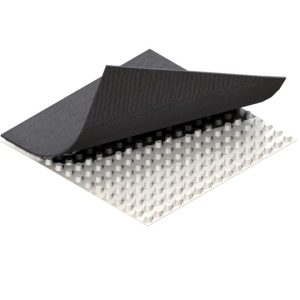Cell-Penetrating Peptides in Scientific Research
# Cell-Penetrating Peptides in Scientific Research
## Introduction to Cell-Penetrating Peptides
Cell-penetrating peptides (CPPs) have emerged as powerful tools in modern scientific research. These short peptides, typically consisting of 5-30 amino acids, possess the remarkable ability to cross cellular membranes and deliver various cargo molecules into cells. Since their discovery, CPPs have revolutionized drug delivery and molecular biology research.
## Mechanism of Cellular Uptake
The exact mechanisms by which CPPs enter cells remain an active area of investigation. Current research suggests several possible pathways:
– Direct penetration through the lipid bilayer
– Endocytosis-mediated uptake
– Transient pore formation
– Membrane potential-dependent translocation
Interestingly, many CPPs appear to utilize multiple entry mechanisms depending on experimental conditions, peptide concentration, and cell type.
## Applications in Research
### 1. Drug Delivery
CPPs have shown tremendous potential in delivering therapeutic molecules that would otherwise be unable to cross cell membranes. Researchers have successfully used CPPs to transport:
– Small molecule drugs
– Proteins and peptides
– Nucleic acids (DNA, siRNA, miRNA)
– Nanoparticles and quantum dots
### 2. Gene Therapy
The ability of CPPs to deliver nucleic acids makes them particularly valuable for gene therapy research. Scientists are exploring CPP-based delivery systems for:
– Gene editing tools (CRISPR-Cas9)
– Antisense oligonucleotides
– RNA interference (RNAi) therapeutics
### 3. Molecular Imaging
CPPs conjugated with imaging agents enable researchers to track cellular processes in real time. This application has proven especially useful for:
– Live-cell imaging
– Intracellular trafficking studies
– Diagnostic probe development
## Advantages Over Traditional Delivery Methods
Compared to conventional delivery techniques, CPPs offer several distinct benefits:
– High efficiency of cellular uptake
– Low cytotoxicity
– Ability to deliver diverse cargo types
– Potential for tissue-specific targeting
– Compatibility with various administration routes
## Challenges and Future Directions
Despite their promise, CPP research faces several challenges that need to be addressed:
– Improving target specificity to reduce off-target effects
– Enhancing stability in biological systems
– Understanding long-term safety profiles
– Developing scalable production methods
Future research will likely focus on engineering next-generation CPPs with improved properties through rational design and computational modeling approaches.
## Conclusion
Cell-penetrating peptides have become indispensable tools in biomedical research, offering unprecedented opportunities for studying and manipulating cellular processes. As our understanding of these remarkable molecules grows, so does their potential to transform therapeutic development and basic biological research. Continued innovation in CPP technology promises to unlock new possibilities in drug delivery and molecular medicine.

